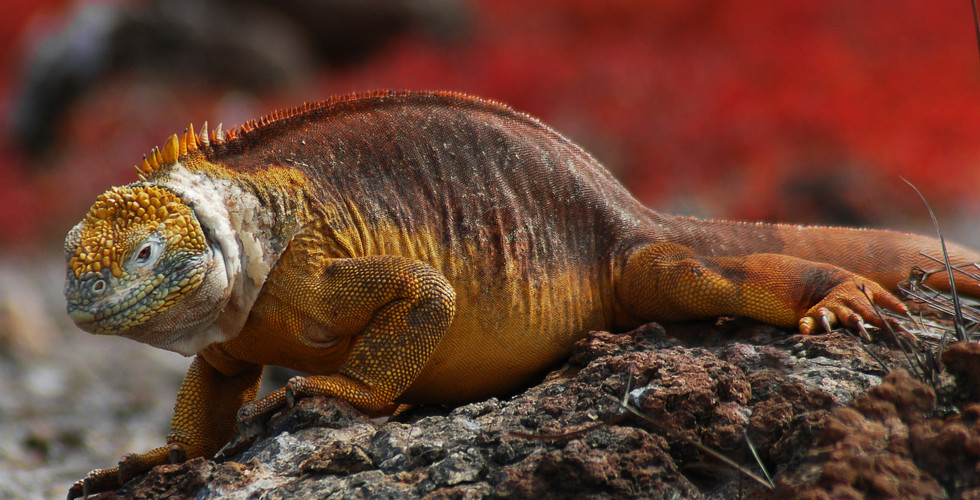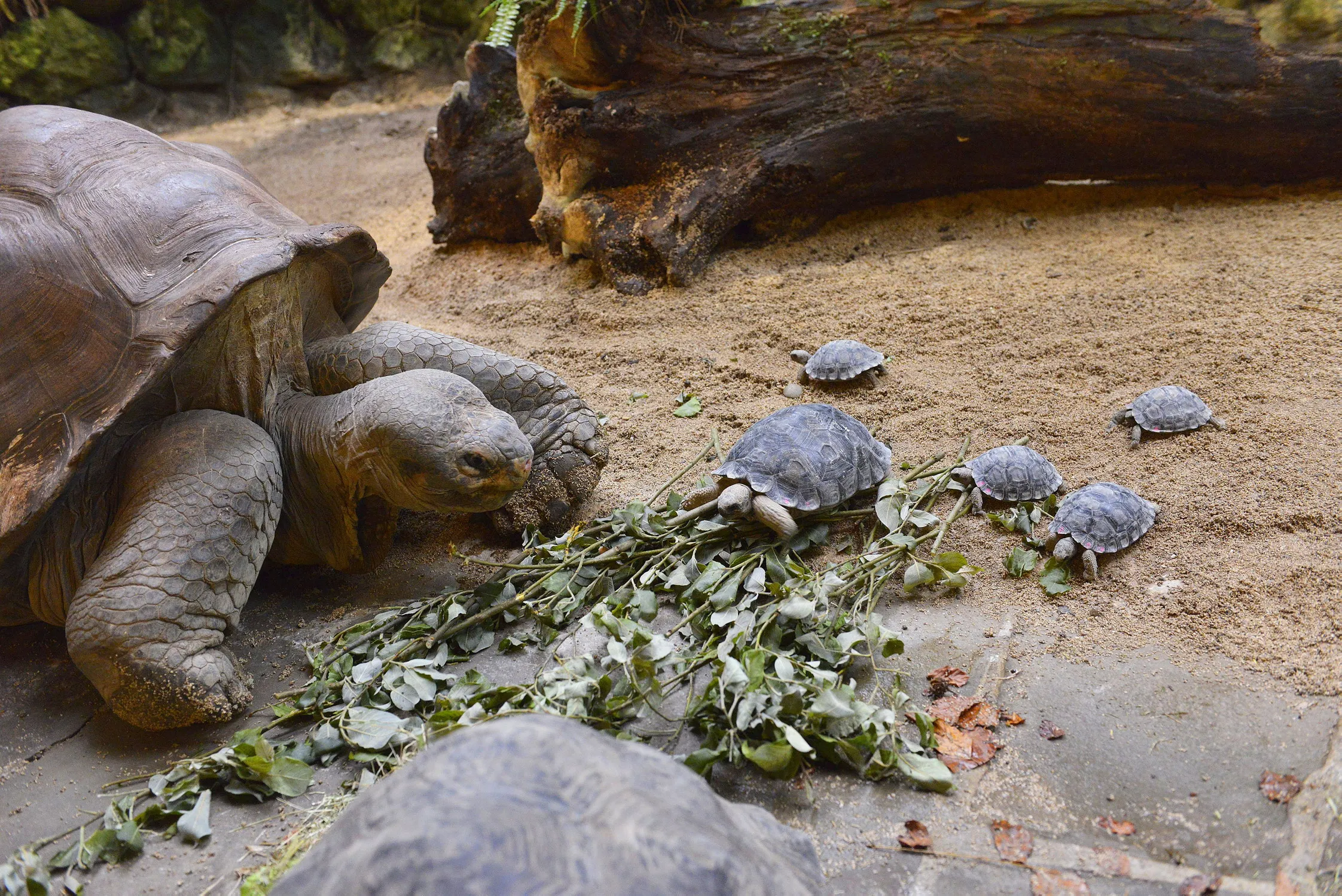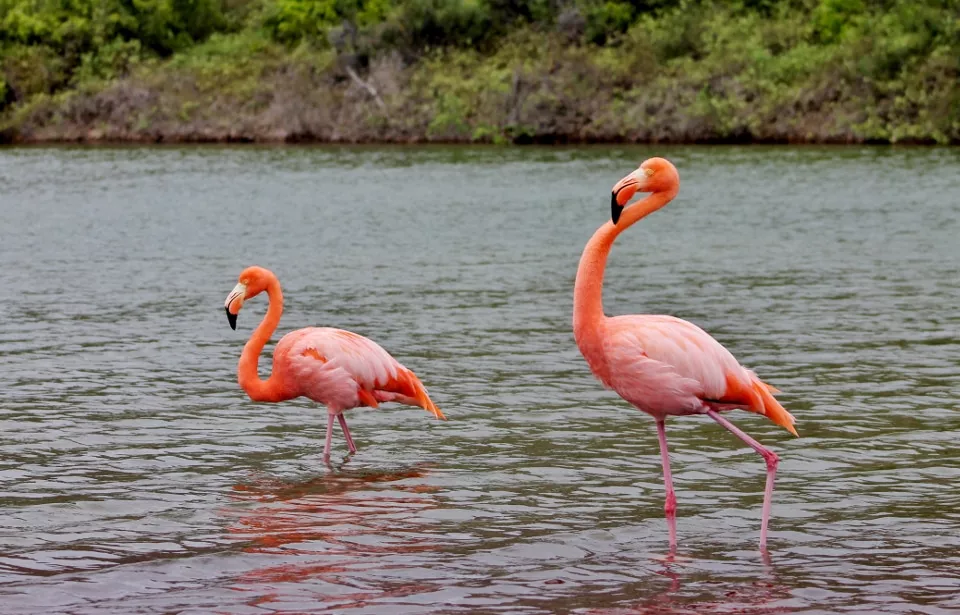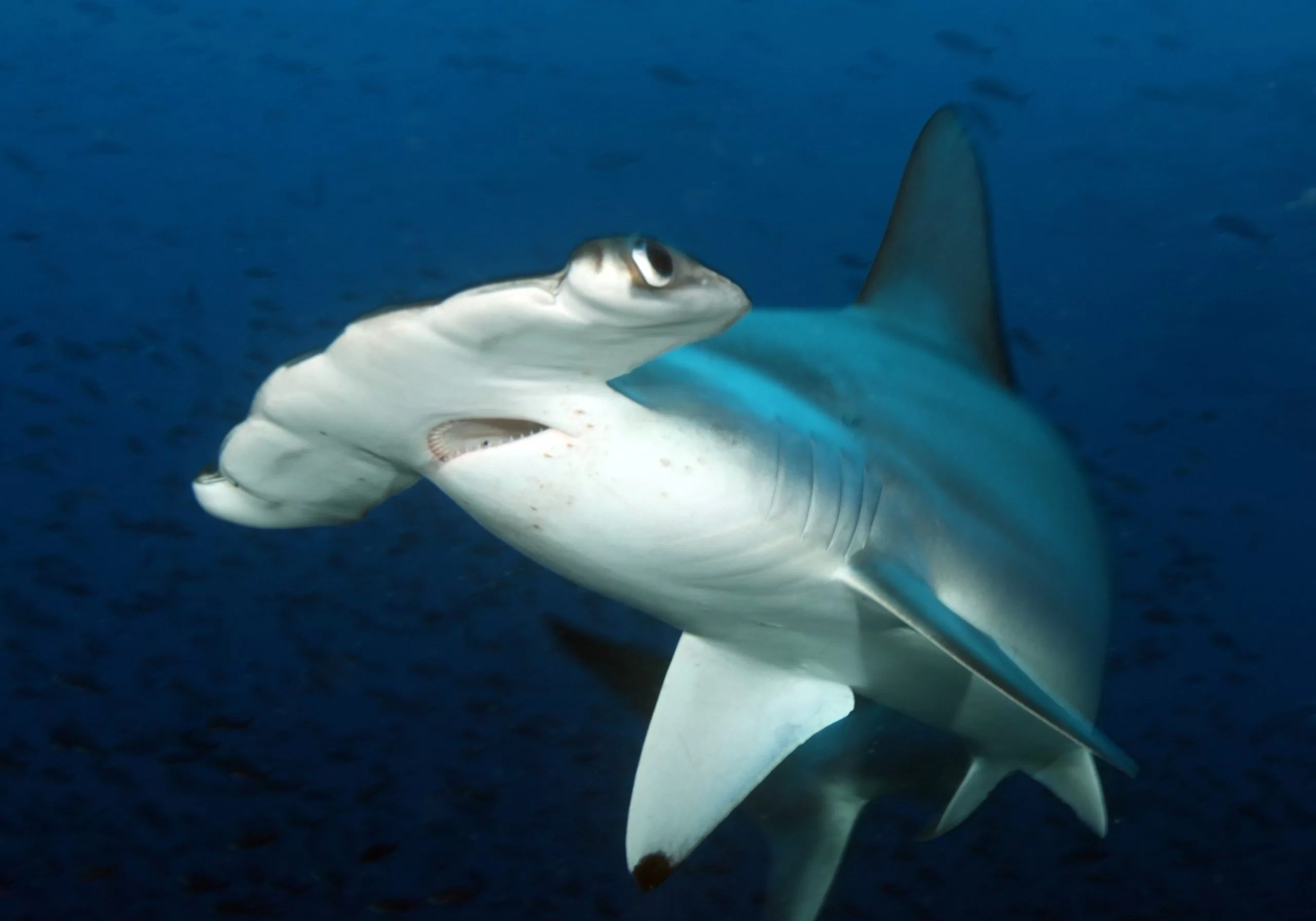Quitio, Equador - 1994
- Usha Shah
- Oct 24, 2024
- 7 min read
Updated: Mar 14
When we went to South America for a conference in Brazil and Argentina – Iguazu water fall, Galapagos and Machu Picchu – were high on our Bucket list. Feeling was that we might never come back to S. America, it being so far, We tried to cover as much as we could.

As we were very keen to go to Galapagos, after the conference we flew straight across the continent to QUITO, the capital of Equador.
QUITO is the closest capital city to equator, and at an elevation of 2,850 m (9,350 ft) above sea level, second highest capital the in the world. ( La Paz at an elevation of roughly 3,650 m (11,975 ft) above sea level, is the highest capital city in the world.) QUITO is located in a river basin, on the eastern slopes of Pichincha, an active stratovolcano in the Andes Mountains.
The historic center of Quito is one of the largest, least-altered, and best-preserved in the Americas. Quito and Kraków, Poland, were the first World Cultural Heritage Sites declared by UNESCO, in 1978.The central square of Quito is located about 25 km (16 mi) south of the equator; the city itself extends to within about 1 km (0.62 mi) of zero latitude. We visited monument and museum marking the general location of the equator and is known locally as la mitad del mundo (the middle of the world) to avoid confusion since the word Ecuador is Spanish for “equator”.
La Mitad del Mundo (the middle of the world) is a small village administered by the prefecture of the province of Pichincha, 35 km (22 mi) north of Quito. It has since been determined, with the use of Global Positioning System technology, that the actual equator is some 240 m (790 ft) north of the monument area. Nearby is the Intiñan Solar Museum, which may be closer to the true equator. The Intiñan Solar Museum provides a demonstration which purports to show the Coriolis force causing a clockwise rotation of sink water a few meters south of the equator and a counterclockwise rotation a few meters north, but many scientific sources claim that this is implausible.
Pululahua Geobotanical Reserve, located a few miles northwest from La Mitad del Mundo, contains the Pululagua volcano, whose caldera (crater) is visible from a spot easily accessible by car. It is believed to be one of only a few in the world with human inhabitants.
Coming back to Galapagos we joined a group of tourists and boarded a plane from Quito going to Galapagos.
The Galapagos Islands, is a unique archipelago located about 600 miles off the coast of Ecuador in the Pacific Ocean, are renowned for their diverse and extraordinary wildlife.
After a short journey we landed at Baltra’s Airport. Baltra Island is close to Santa Cruz Island. From here we boarded a boat and met other people of our group. I noticed that there were more ladies in the group. During the trip we stayed on the boat and went from one island to another and visited about 5 islands. At each island we saw a different wild life.
Before I talk about Galapagos it is worth mentioning a few words about Lars Eric Lindblad. I had heard about his starting in 1958, conducted tours under the name of his company called ‘Lindblad expedition’ to places like Antarctica, North to see Polar Bears etc. When we went to Galapagos I realised that he was interested in Eco tourism. He visited Galapagos several time in his life from childhood onwards. In 2004 he and National Geographic joined hands to bring intelligent, curious and adventurous people to inspire people for expedition travel.
I went to Galapagos as a tourist for sight seeing, not knowing much about its ecological value. I only knew about Charles Darwin’s visit in 1835, and his observation of Galápagos’ species which later inspired his theory of evolution
The Galápagos Islands are volcanic, an almost mythical archipelago, in the Pacific Ocean. It’s considered one of the world’s foremost destinations for wildlife-viewing. A province of Ecuador, it lies about 1,000km off its coast. Its isolated terrain shelters a diversity of plant and animal species, many found nowhere else.
The 21 islands of various sizes spread over 17,000 square miles across Pacific waters and are home to some of the rarest wildlife on the planet. Each island is known for a specific wild life –
Depending on which islands you visit in this UNESCO World Heritage Site and protected national park, you see different animals. There are roaming penguins, Blue footed Boobies, Albatross – the bird that can travel longest distance in the air, frolicking sea lions, wandering crabs, hammerhead sharks, and sea turtles—all which are seemingly unfazed by human visitors. The Galapagos Islands are a place like nowhere else on earth.
We visited a few of the following islands recommended by Trip Advisor. This list profiles the top Galapagos Islands and the features for which they’re known, so that you can select what you most want to see, and how best to do it.
Whatever you decide, get ready to be floored
Floreana Island
Santacruz Island
Genovesa Island
Isabela Island
Ferdunand Island
South Plaza Island
North Seymour Island
Espanola Island
Every day we travelled to a different island and saw unique and rare animals. At some places we spent time just relaxing on the beach. There were plenty of Sea Lions on this beach - and their coming towards where we were sitting was frightening experience .
At one island some people from our group were taken for snorkelling . I had tried snorkelling at Fifi Island in Thailand, so I decided to join them. But I was not successful.
The list of wildlife we saw is as follows -
Giant Tortoises:
Santa Cruz Island (Charles Darwin Research Station and the highlands): Santa Cruz has a large tortoise population, and the research station is a popular spot to see them up close.
Isabela Island: This island has multiple species of giant tortoises, and they can often be seen in the highland areas.
San Cristobal Island: Also home to giant tortoises, especially in the highlands, where there are reserves dedicated to their conservation.
Blue-footed Boobies:
North Seymour Island: A hotspot for blue-footed boobies, where they nest and can be seen performing their famous mating dance.
Santa Cruz Island: They can often be seen near the coast or on boat tours around the island.
Isabela Island: Blue-footed boobies are also found here, especially near the coastlines.
Flamingos:
Isabela Island (particularly in the saltwater lagoons near Puerto Villamil): This is one of the best places to see flamingos in the Galapagos.
Floreana Island (Cerro Colorado Lagoon): Flamingos are also found here, though sightings are less common than on Isabela.
Land Iguanas:
Santa Cruz Island: They can be found at the Charles Darwin Research Station and in some parts of the highlands.
South Plaza Island: Known for its land iguana population, this small island offers a good chance to see them in their natural habitat.
Isabela Island: Land iguanas can also be seen on the island.
Marine Iguanas:
Fernandina Island: This island has one of the largest populations of marine iguanas and is a great spot for observing them.
Santa Cruz Island: Marine iguanas can be seen along the coastlines.
Española Island: Known for its high population of marine iguanas, especially with a unique red-tinted variety.
Isabela Island: You can see both land and marine iguanas on Isabela, making it a great choice for seeing both types in one place.
Summary:
Santa Cruz and Isabela Islands are excellent choices for seeing all five of these species.
North Seymour and Española Islands are particularly good for blue-footed boobies and marine iguanas.
Isabela and Floreana Islands offer the best chances for spotting flamingos in their natural habitats.
Another interesting experience was that we an saw was an Albatross flying at one of the Island This was an exciting experience. Great albatrosses are among the largest of flying birds, with wingspans reaching up to 2.5–3.5 metres (8.2–11.5 ft) and bodies over 1 metre (3.3 ft) in length.
Albatrosses are known for their ability to fly without flapping their wings, and to travel thousands of kilometres in a single journey. They have been observed flying at a speeds of up to 127 km/hr and can stay aloft for days or even weeks at a time. hey most spectacular gliders of all birds, able to stay aloft in windy weather for hours without ever flapping their extremely long, narrow wings. In calm air an albatross has trouble keeping its stout body airborne and prefers to rest on the water surface. Like other oceanic birds, albatrosses drink seawater.
GALAPAGOS ISLANDS FUN FACTS:
The islands are a bird and animal lovers paradise. Due to the uniqueness of the islands and ocean waters there are vast numbers of endemic species including: Galapagos land iguanas, marine iguana (the only iguana that feed in the sea), sea cucumbers, flightless cormorant, blue-footed booby, Galapagos mockingbirds, Galapagos Penguin, Galapagos sea lions, Galapagos hawk, great Frigatebird, waved Albatross, and over 50 species of fish.
The islands sit above the Galapagos hot spot where the Earth’s crust is being melted from below by a mantle plume, which creates volcanoes. The oldest of the islands, more then 4 million years old, are slowly disappearing back below sea level. The youngest islands are still in the process of being formed with 13 volcanic eruptions in the archipelago over the last 100 years.
The islands are home to over 25,000 people. Only five of the islands are inhabited.
The Galapagos are an archipelago of volcanic islands that span across the equator line, consisting of 21 islands and 107 islets or rocks.
The Galapagos Islands are located in the Pacific Ocean, 575 mi west of Ecuador, South America, and are a territory of Ecuador.
17% of Galapagos fish species are endemic to the Galapagos Islands.
The Galapagos Islands are a bird watcher’s paradise. The islands are home to nearly 60 resident species, half of which are endemic (native to the Galapagos).
The Islands’ marine iguanas are only found in the Galapagos region. These are the only swimming lizards found anywhere in the world.
The famouse Galapagos penguin is the only type of penguin to live at the equator. An endangered species, there are less than 1,500 examples according to scientific studies.
The official name of the Galapagos Islands is “Archipelago de Colon” in honor of Christopher Columbus, whose last name is “Colon” in Spanish.
The name ‘Galapagos’, an old Spanish word for ‘saddle’, was originally used by Bishop Tomas and his crew to describe the giant tortoises but the name stuck.
The most famous resident of the Galapagos islands was Lonesome George was the only surviving giant Pinta Island tortoise left on Earth. He was known as the rarest creature in the world and died on the 24th June 2012 at the age of 100.











Comments